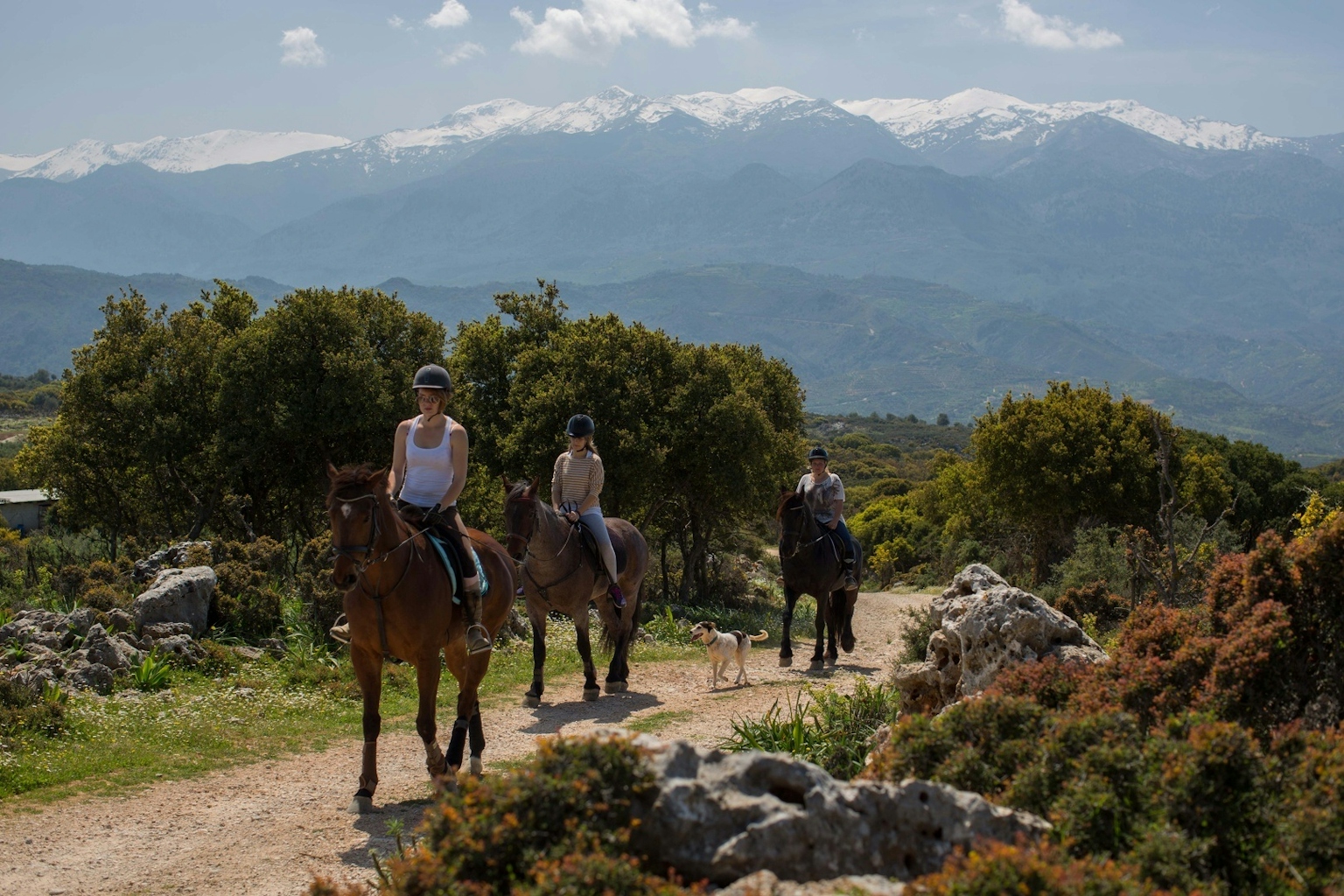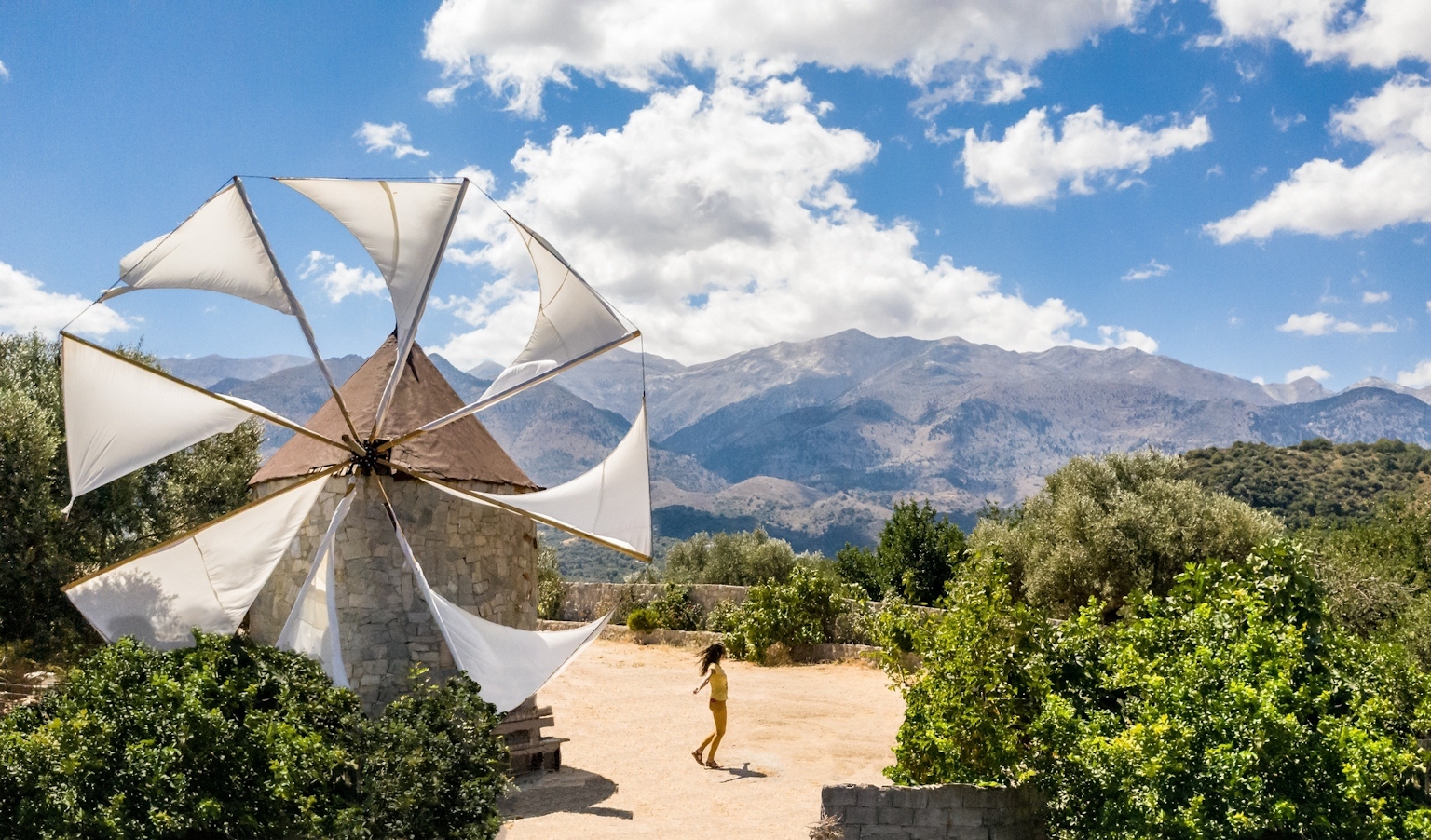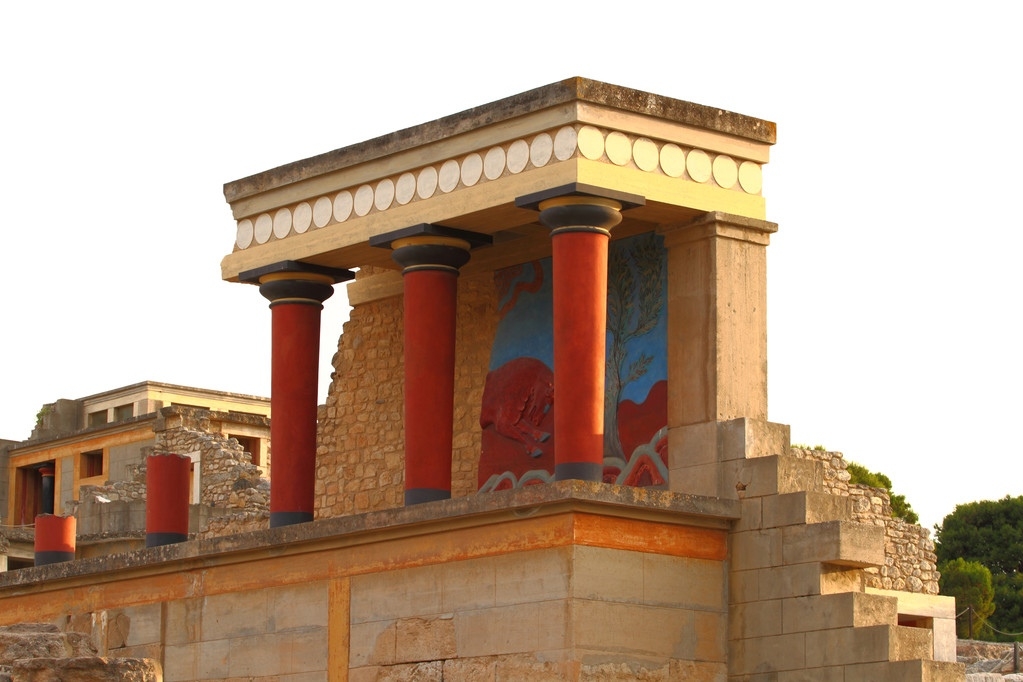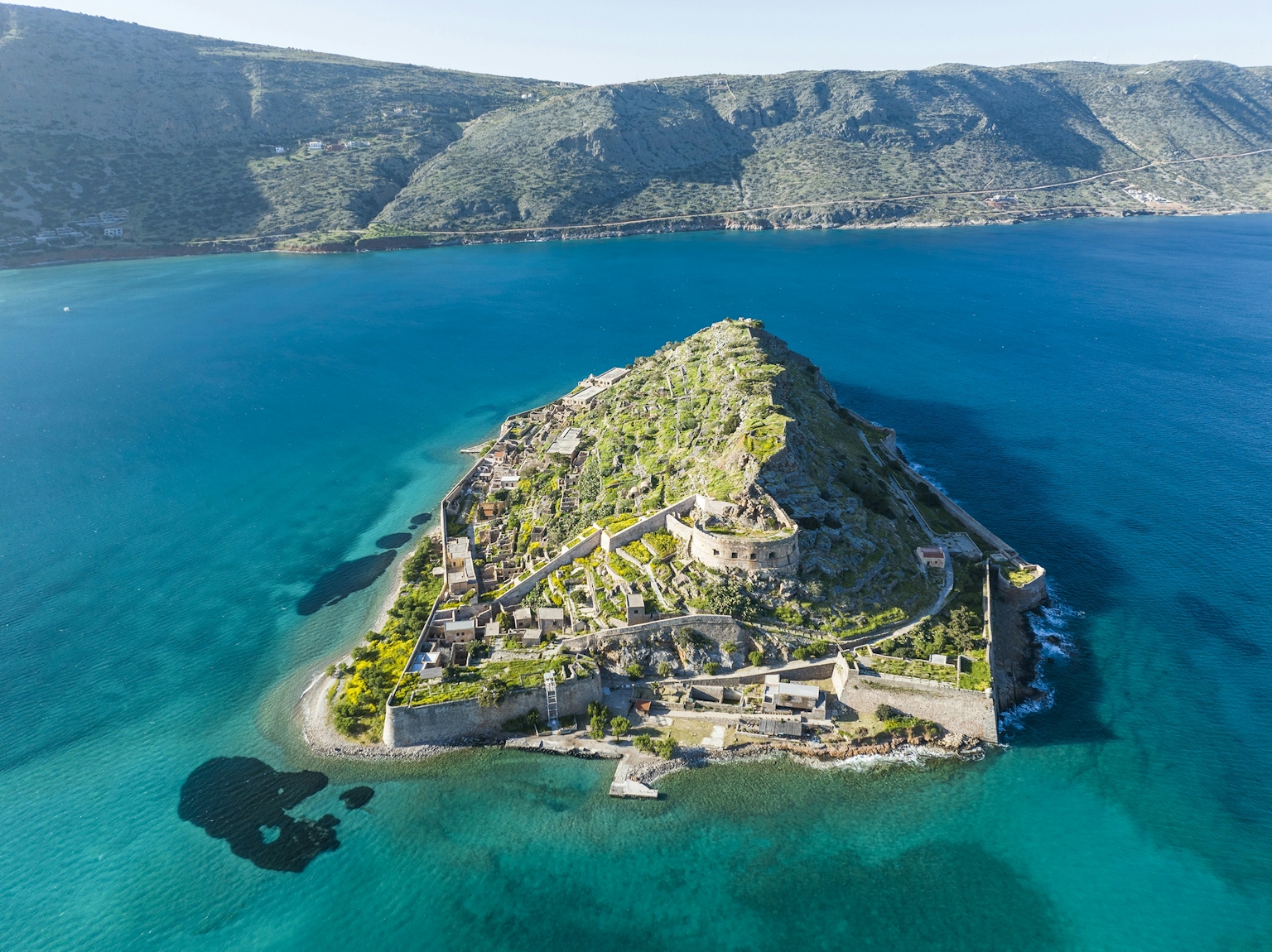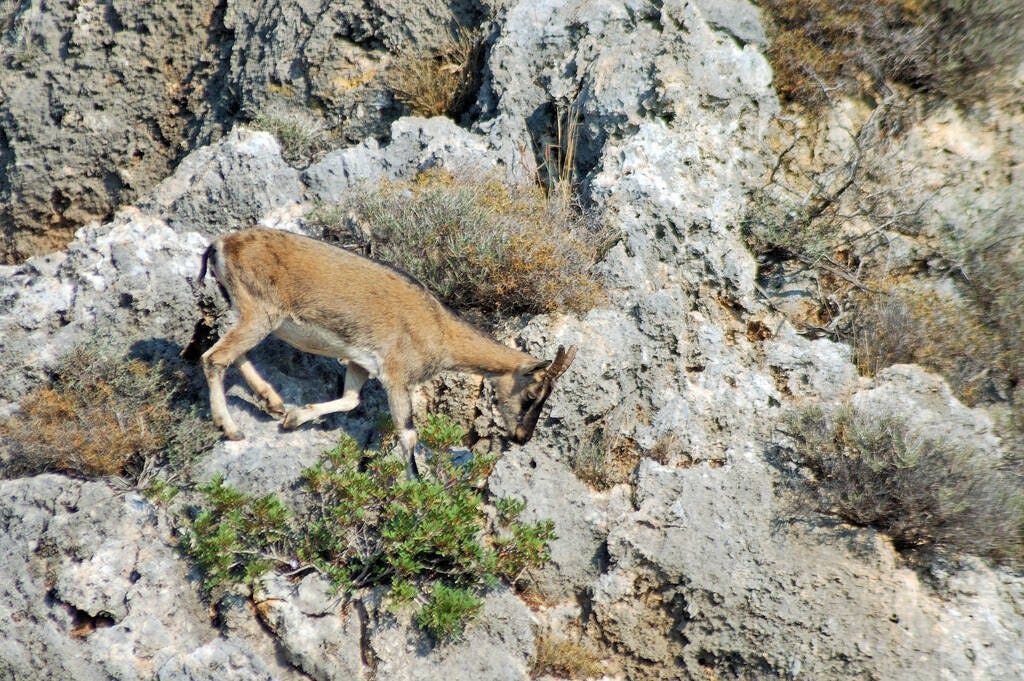
The fauna of Crete is notably diverse, with approximately 1,000 endemic species. One of the most renowned endemic mammals of Crete is the Cretan wild goat, also known as kri-kri.
The fauna of Crete is incredibly diverse, with an estimated 1,000 endemic species, although the majority of these are insects, spiders, and other isopods. Crete is also home to around 130 species of land snails and 17 species of bats. One noteworthy example is Hanak’s dwarf bat, which thrives in large numbers in the Samaria Gorge and is considered one of the world's smallest mammals.
Another endemic mammal on the island is the Cretan shrew (Crocidura zimmermanni). This small creature, resembling a mouse, features a pointed snout and an oblong skull. It feeds primarily on insects and inhabits the Lefka Ori (White Mountains), Psiloritis, and Dikti regions of Crete.
The most renowned endemic mammal of Crete is undoubtedly the Cretan wild goat (Capra aegagrus cretica), also known as kri-kri, and locally known as ‘agrimi’, or ‘sanada’ (female). These wild goats inhabit the rocky regions of Lefka Ori and are considered an endangered species due to threats like human interference, hunting, and hybridisation with domestic goats. The kri-kri has light brown fur with a darker stripe encircling its neck, and the male boasts large arcuate horns that can reach up to one metre in length. These impressive animals are known for their remarkable jumps, which can span up to 8 metres, and their ability to climb steep mountain terrain. Presently, this species is protected by the state within National Parks, such as the Samaria Gorge, and its image has been found in various frescoes from the Minoan civilisation, serving as a symbol of the island's heritage.
Crete's fauna includes a variety of amphibians and reptiles. Among the amphibians, you can find the green toad (Bufo viridis), the European tree frog (Hyla arborea), and the Cretan frog (Pelophylax cretensis), which is an endemic species unique to the island. In terms of reptiles, Crete is home to 11 different species. This includes three species of Mediterranean house gecko, four species of lizards, seven species of mice, as well as the hare and the wild rabbit of Crete. The island also boasts four non-venomous snake species.
The Cretan wildcat (Felis silvestris cretensis) is a subspecies of wildcat that was previously considered extinct but has been rediscovered in recent years. These wildcats inhabit Crete and are larger than common domestic cats. Male Cretan wildcats are approximately 50 centimetres long, and their tails can reach up to 30 centimetres. Their tails are narrow at the base and tufted at the tip, with distinctive black rings. These wildcats primarily feed on hares and are found in various locations on the island, including the peaks of Lefka Ori, the forest of Rouvas, Dikti, and the Samaria Gorge.
Crete is a significant stopover for bird migration, and during this period, birdwatchers can observe over 350 species of birds. Notably, the bearded vulture (Gypaetus barbatus) breeds in Crete, making it one of the rarest birds of prey in Europe. Additionally, Crete is home to the largest population of vultures in the region. Birdwatchers in Crete can also spot various other species, including the golden eagle, crow, goldfinch, European bee-eater, and the barn owl. The island's diverse habitats and geographical location make it a hotspot for bird enthusiasts.
Photo Source: By tassos via create.vista.com
The fauna of Crete
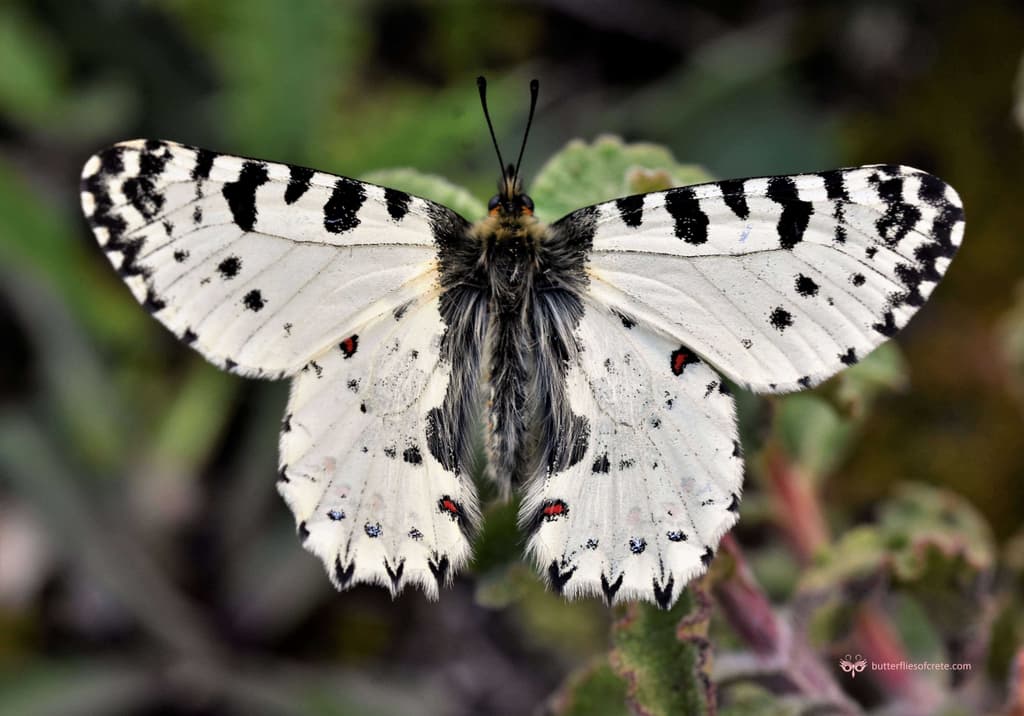
The Cretan endemic butterfly Zerynthia cretica
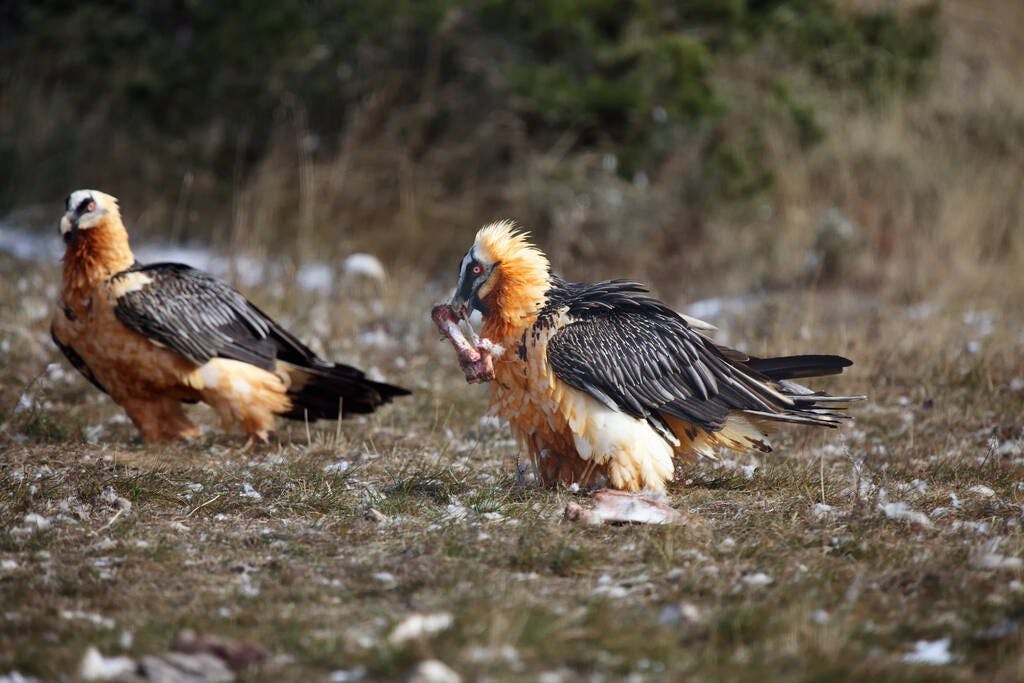
Bearded Vulture (Gypaetus Barbatus)
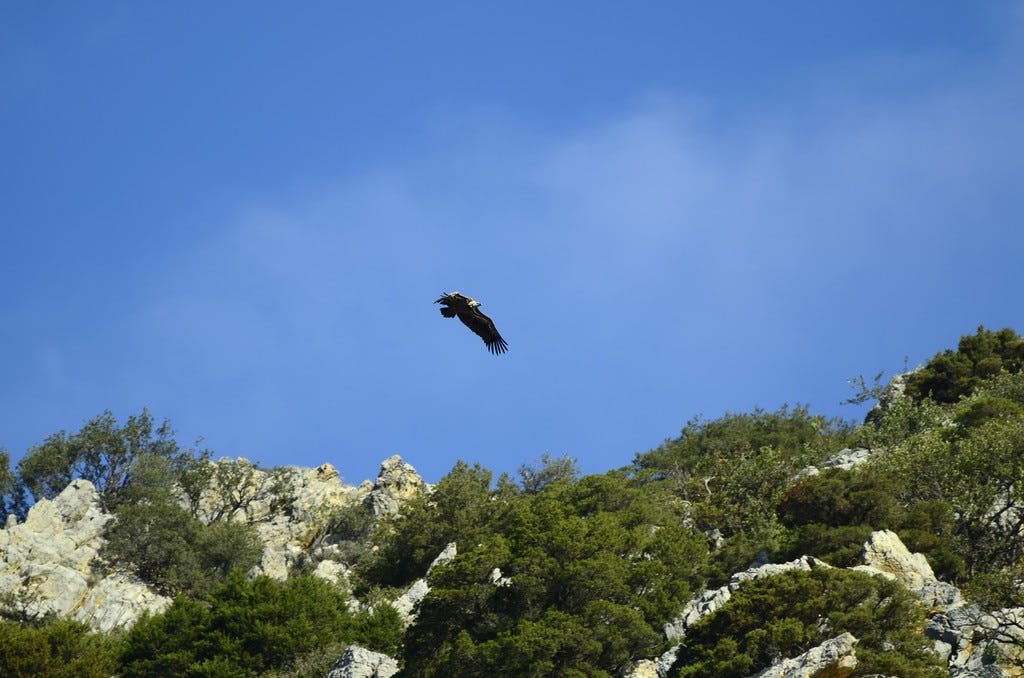
Griffon Vulture (Gyps Fulvus)
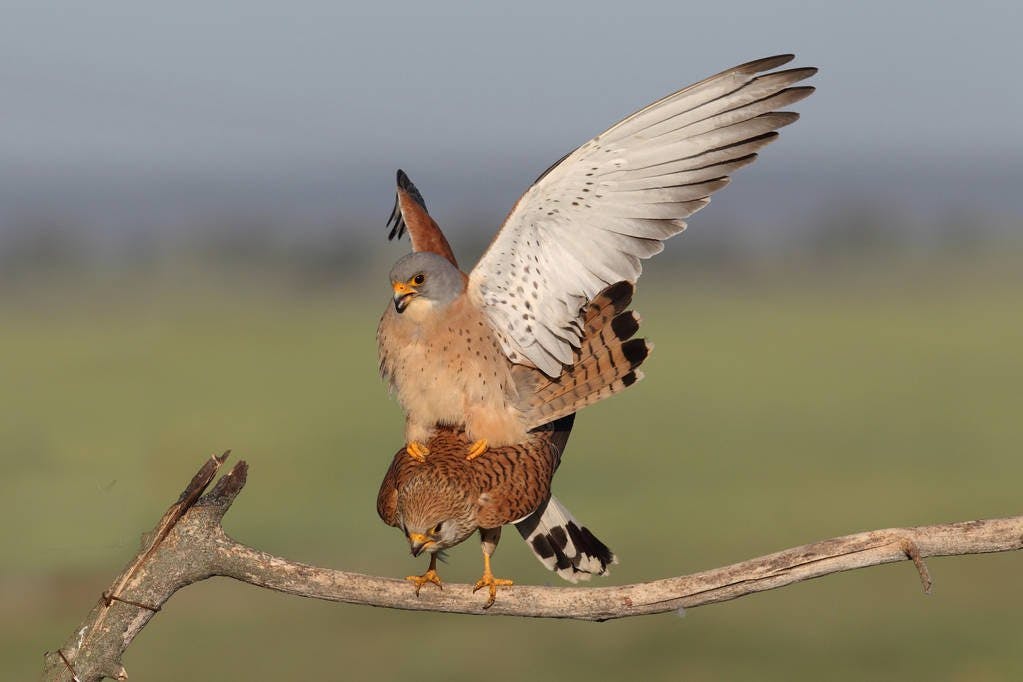
Lesser Kestrel (Falco naumanni)
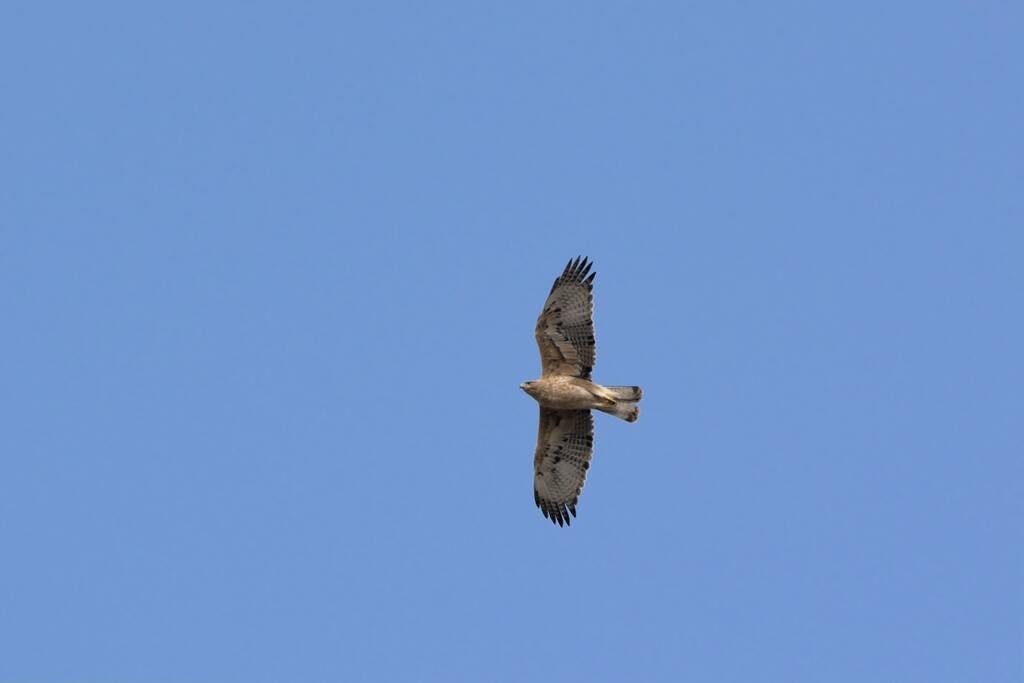
Bonelli's eagle (Aquila fasciata) (Hieraaetus fasciatus)
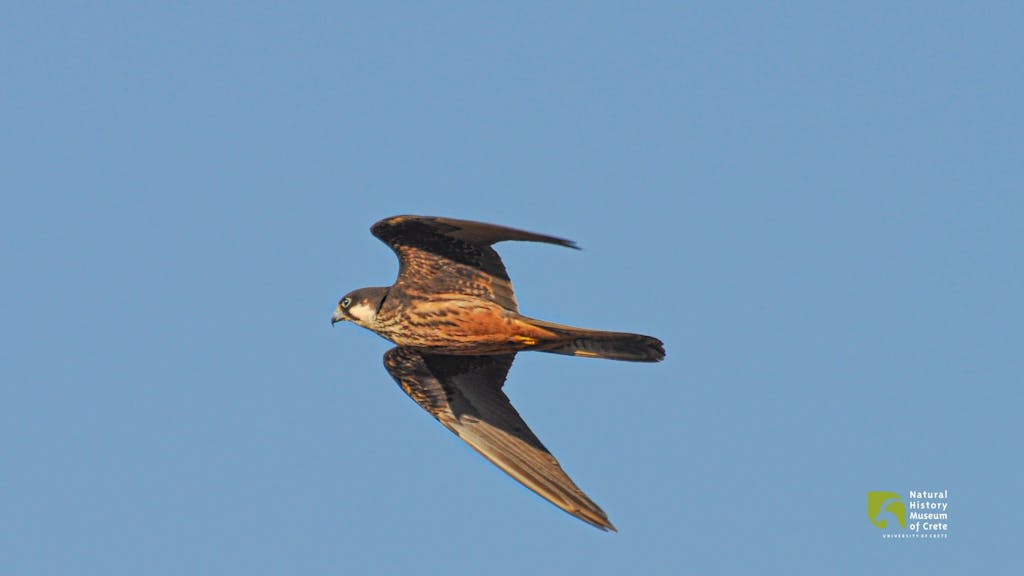
Eleonora's Falcon
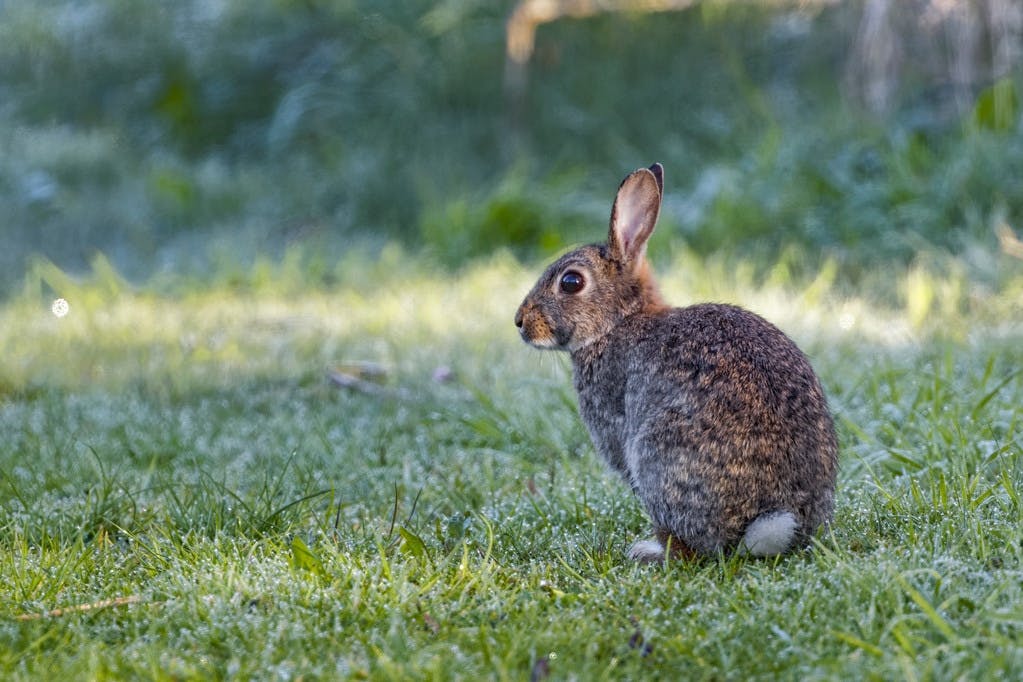
The European Rabbit or Coney
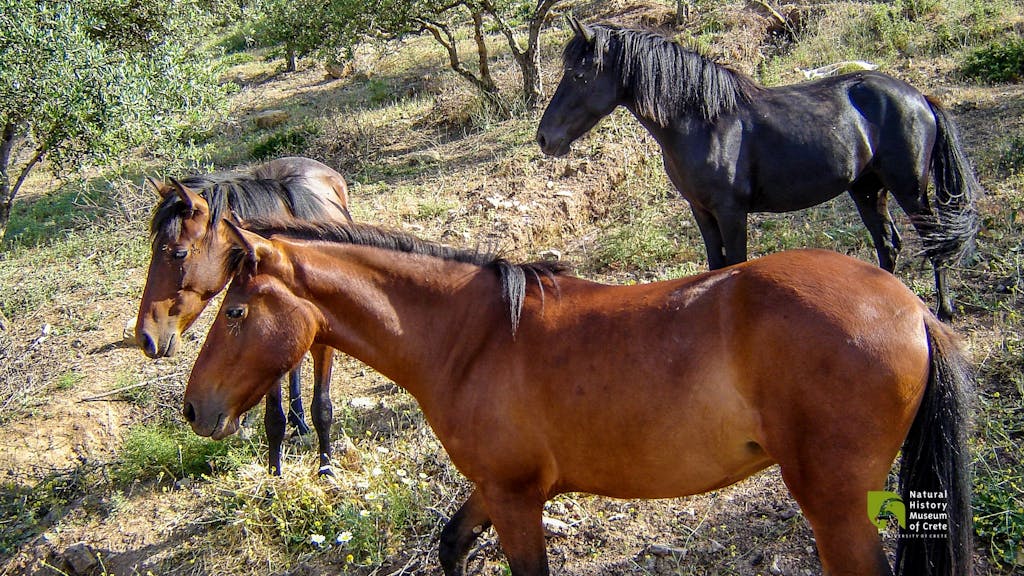
Giorgalidiko: Domestic Horse, North-western European Horse
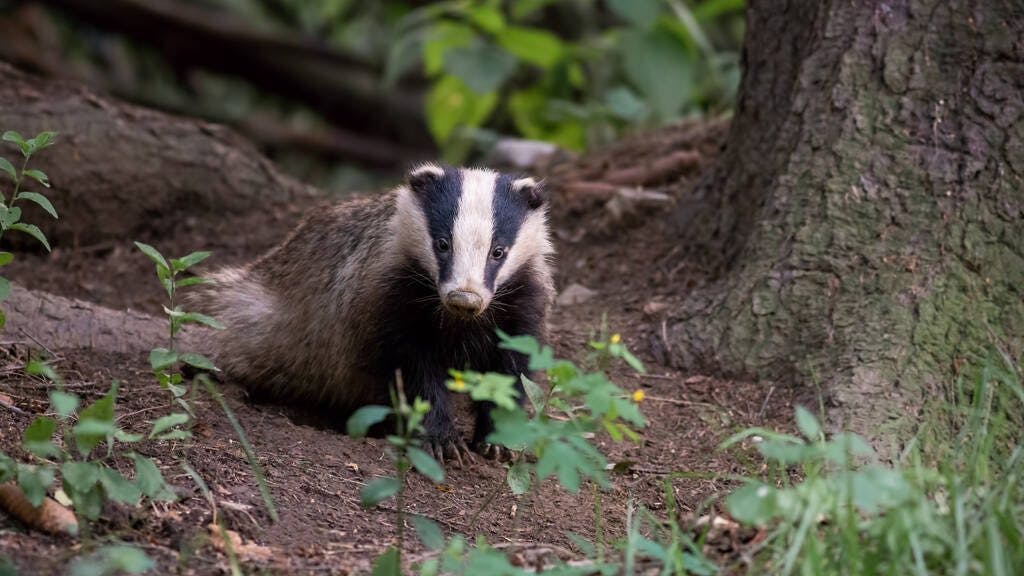
The Cretan Badger
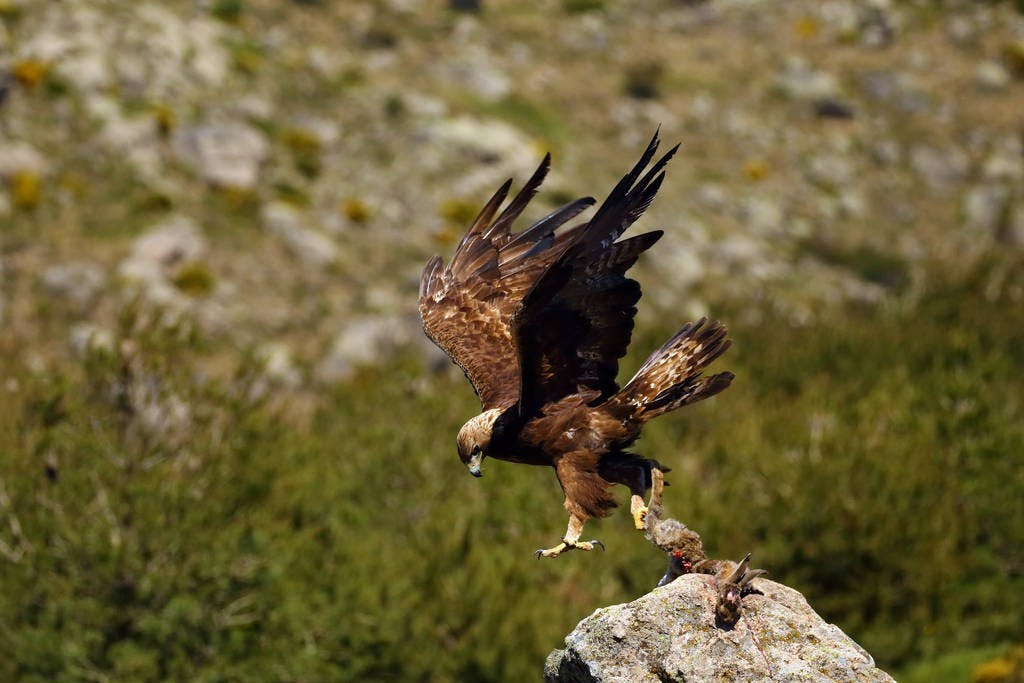
Golden Eagle (Aquila Chrysaetos)
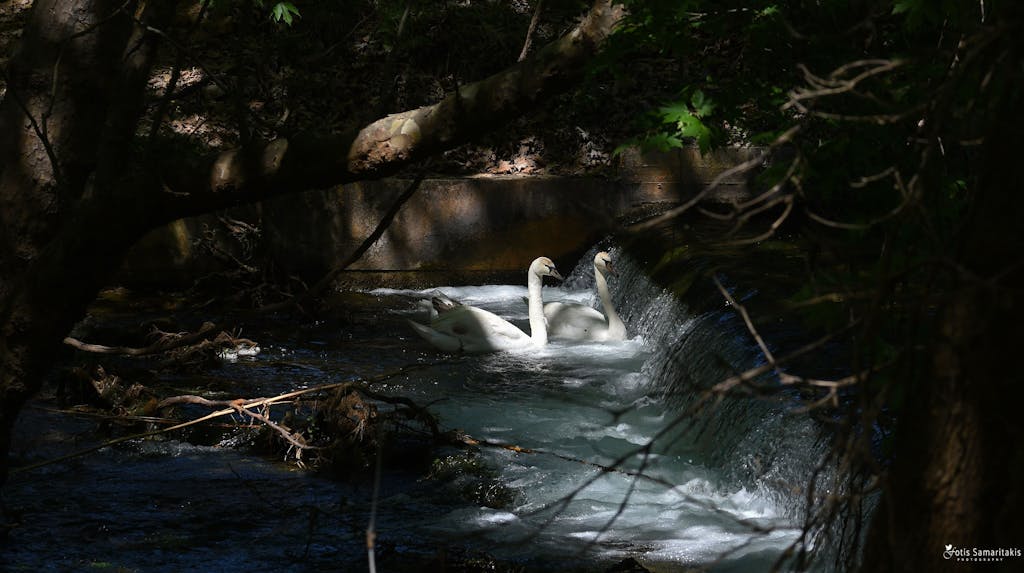
Mute Swan
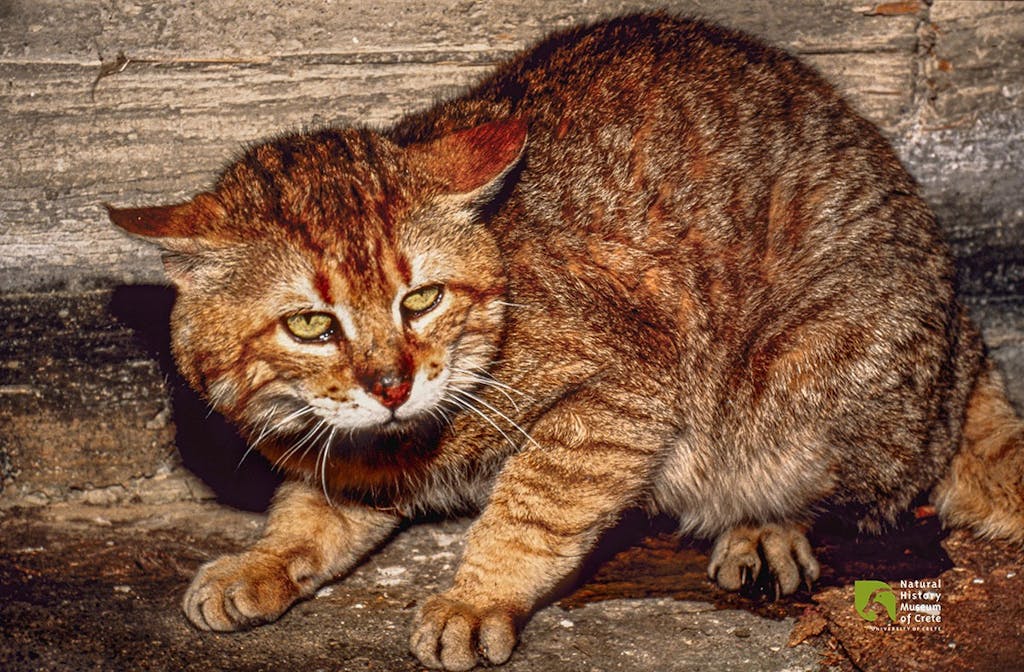
Cretan wildcat
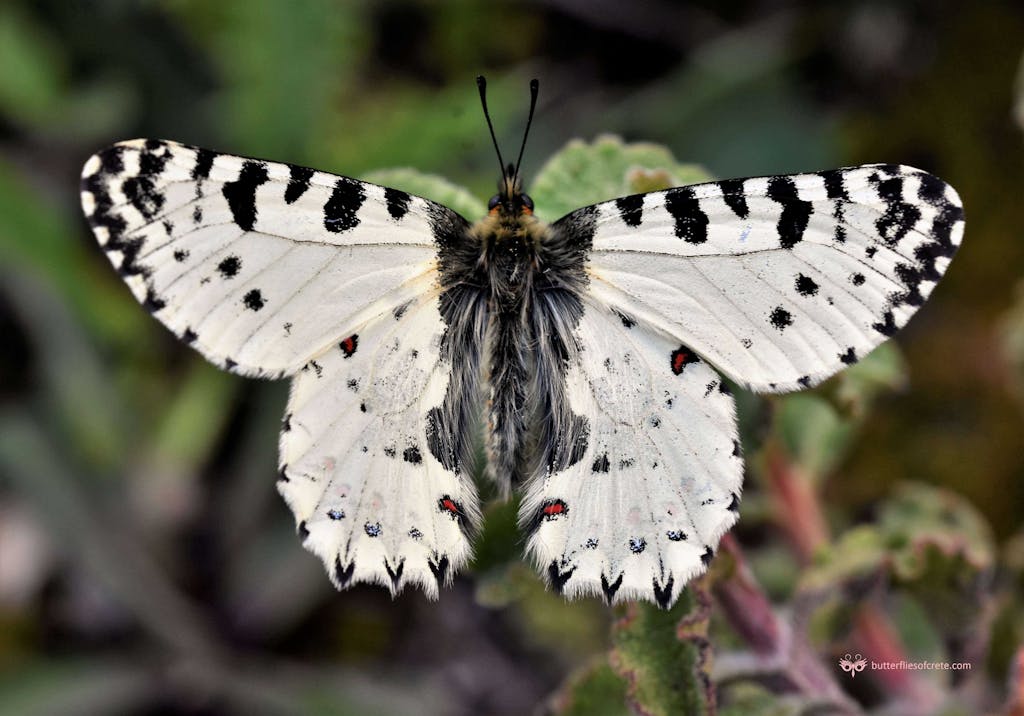
Butterflies and Moths of the island
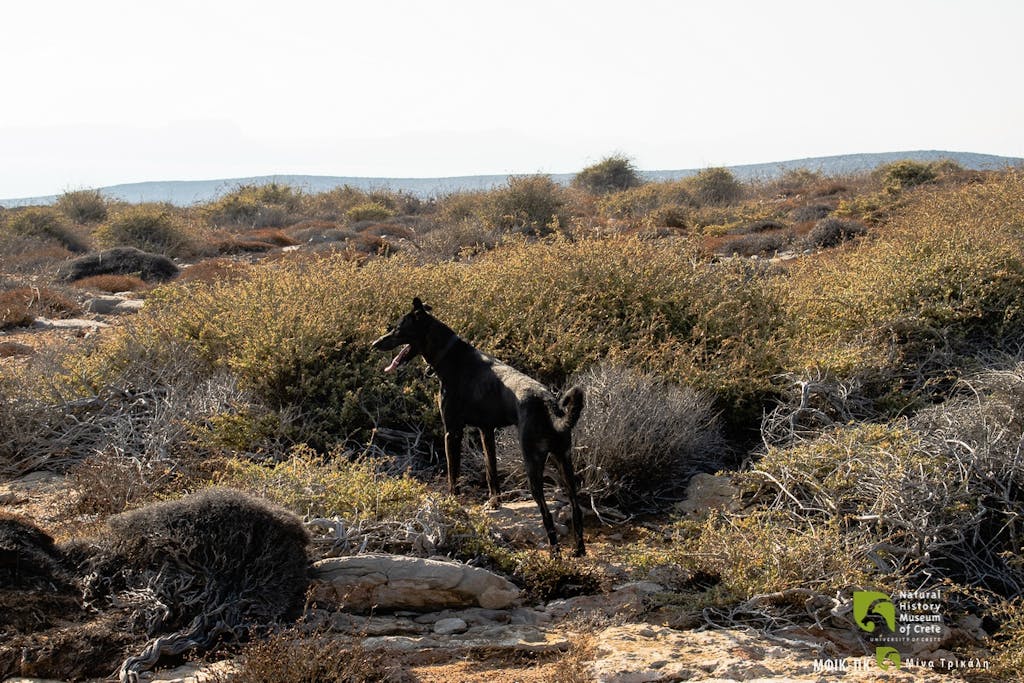
Cretan Tracker: Europe's Oldest Hound, a Gift from Zeus
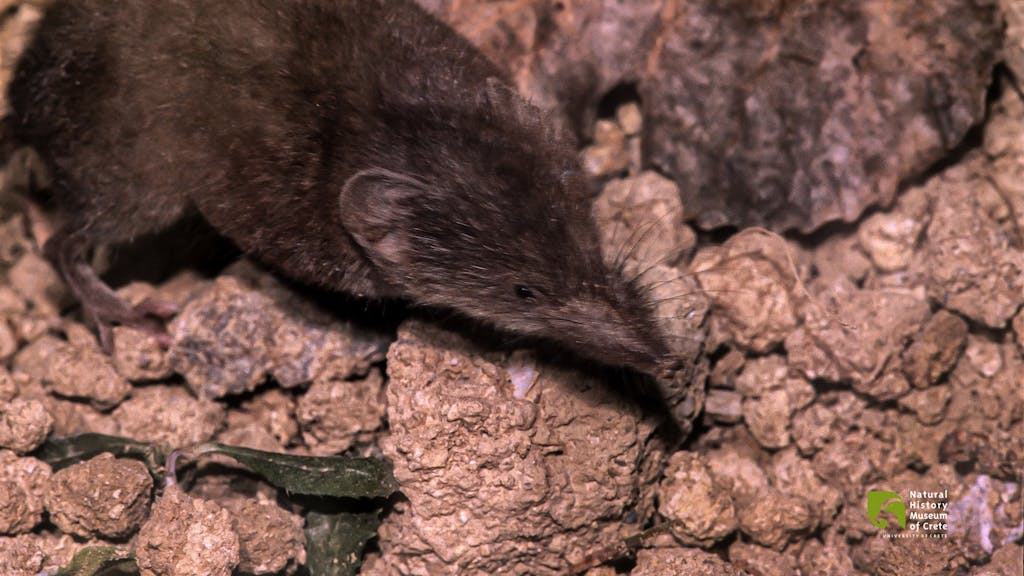
Cretan shrew
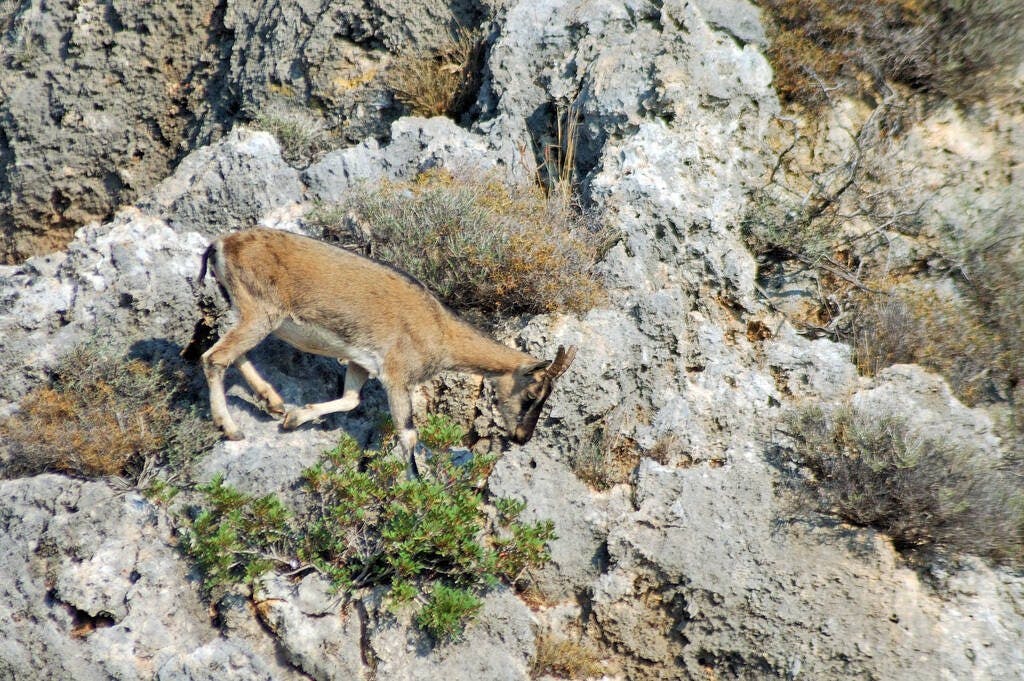
Kri-kri, the Cretan Wild Goat (Capra aegagrus cretica)
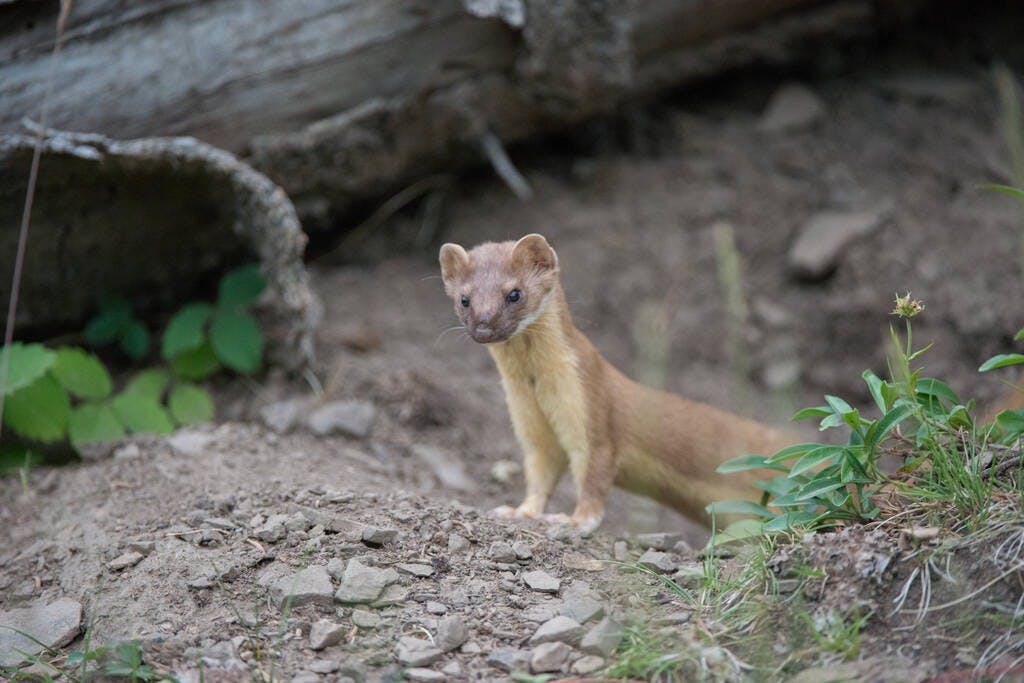
Least Weasel
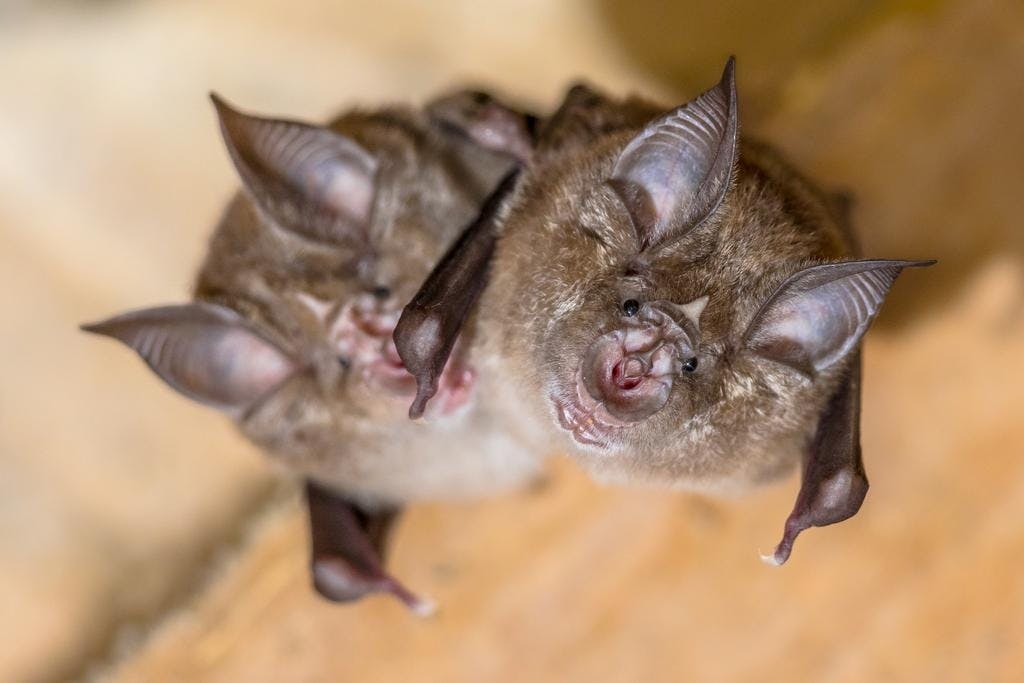
Bats
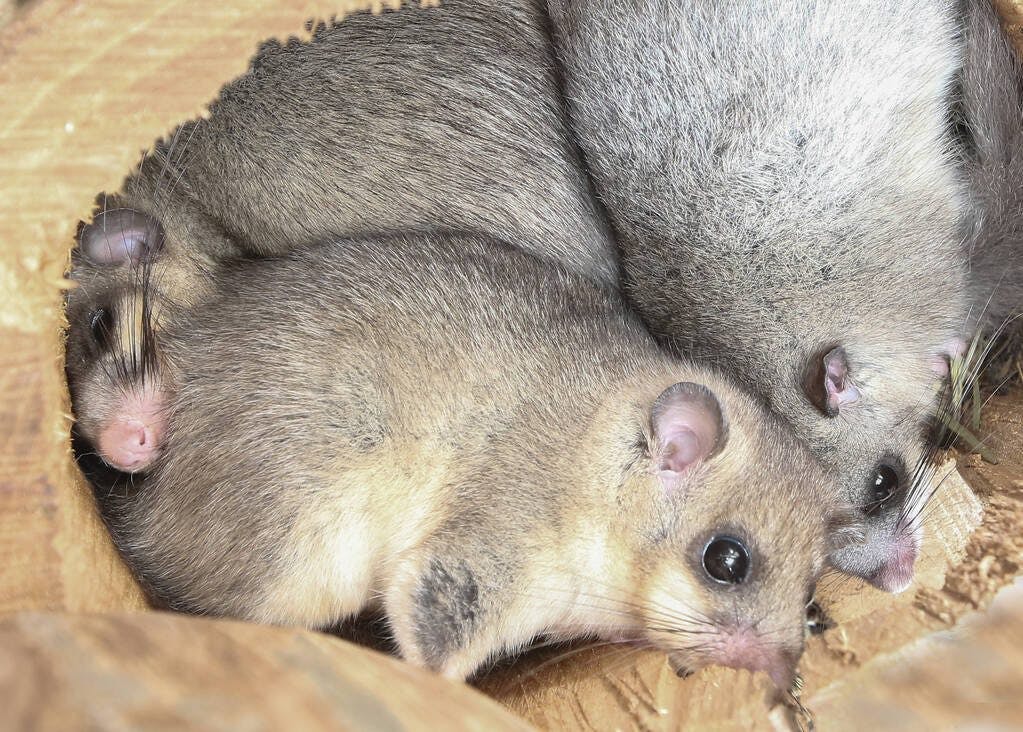
European Fat/Edible Dormouse
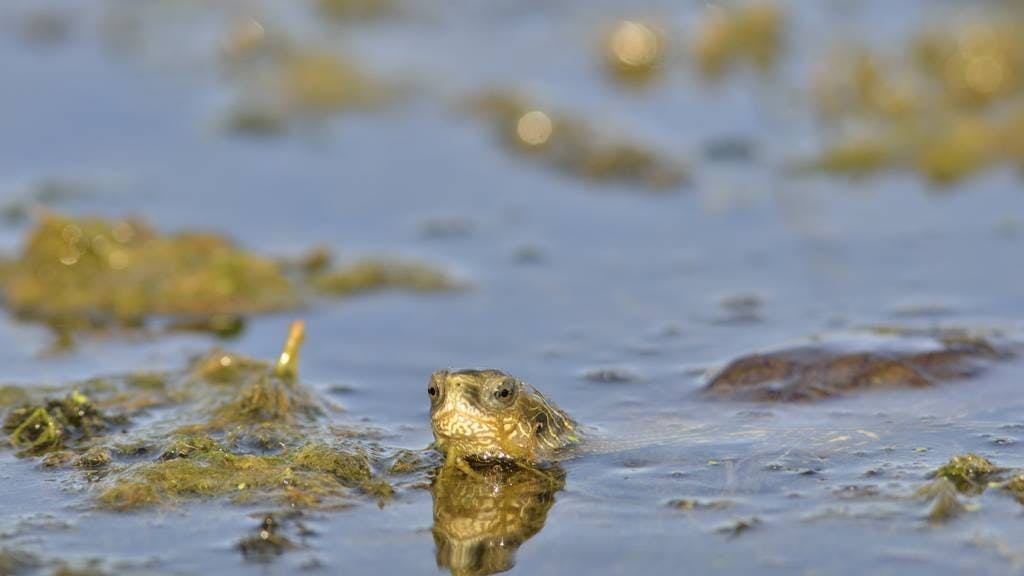
The Balkan Terrapin or Western Caspian Terrapin (Mauremys Rivulata)
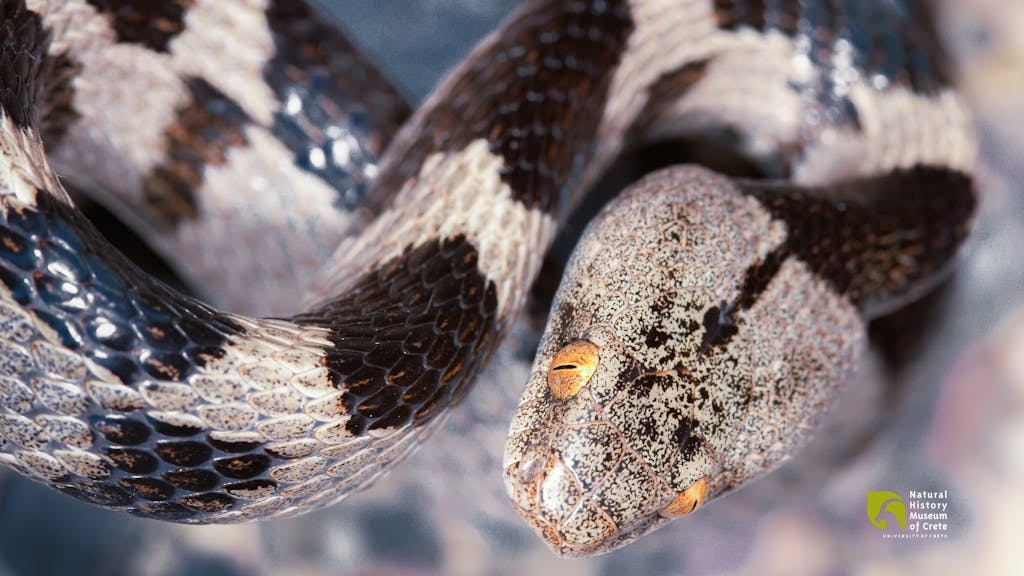
Cat Snake
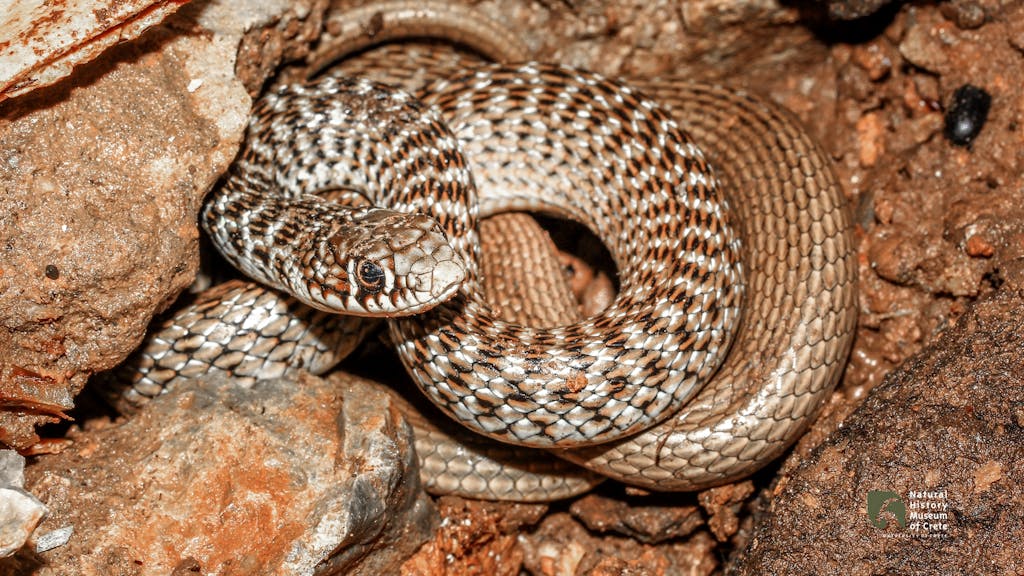
Balkan Whip Snake
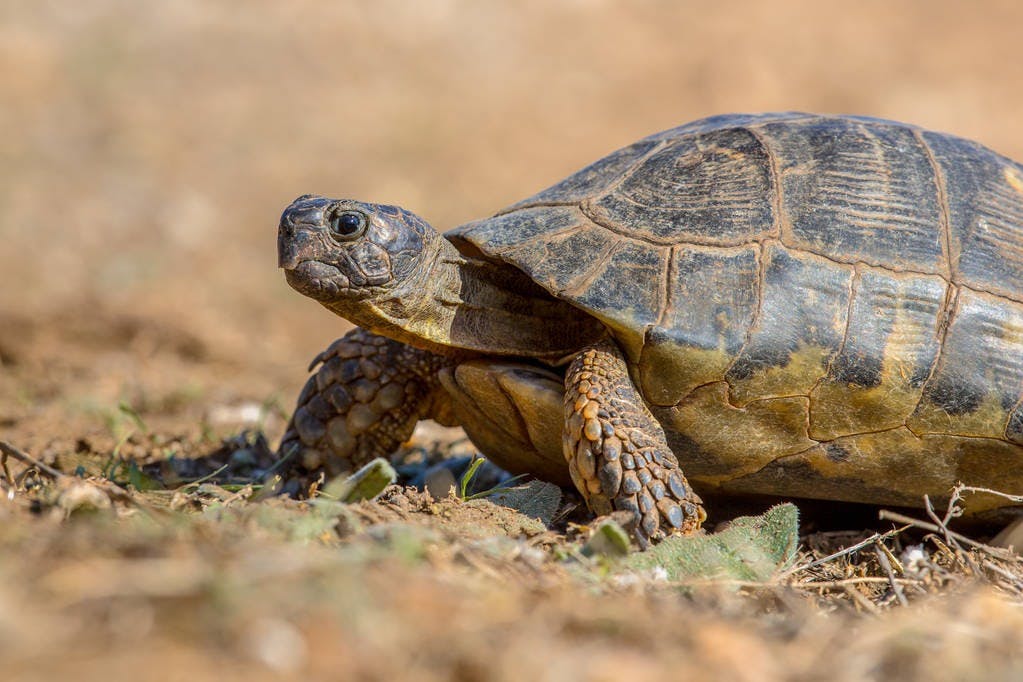
Marginated Tortoise (Testudo marginata)
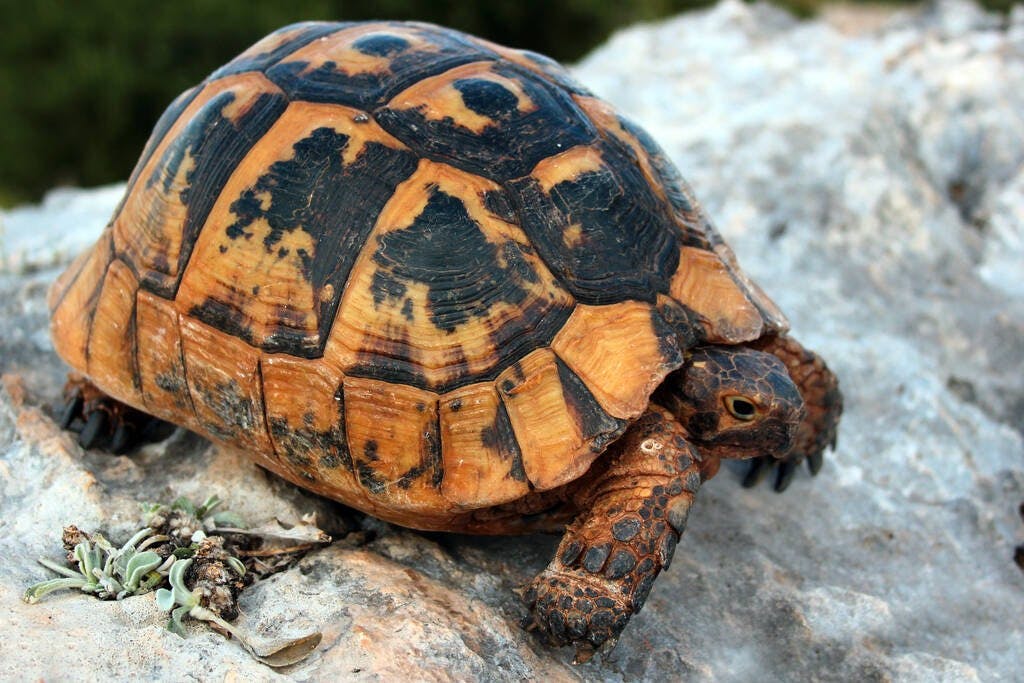
Greek turtle
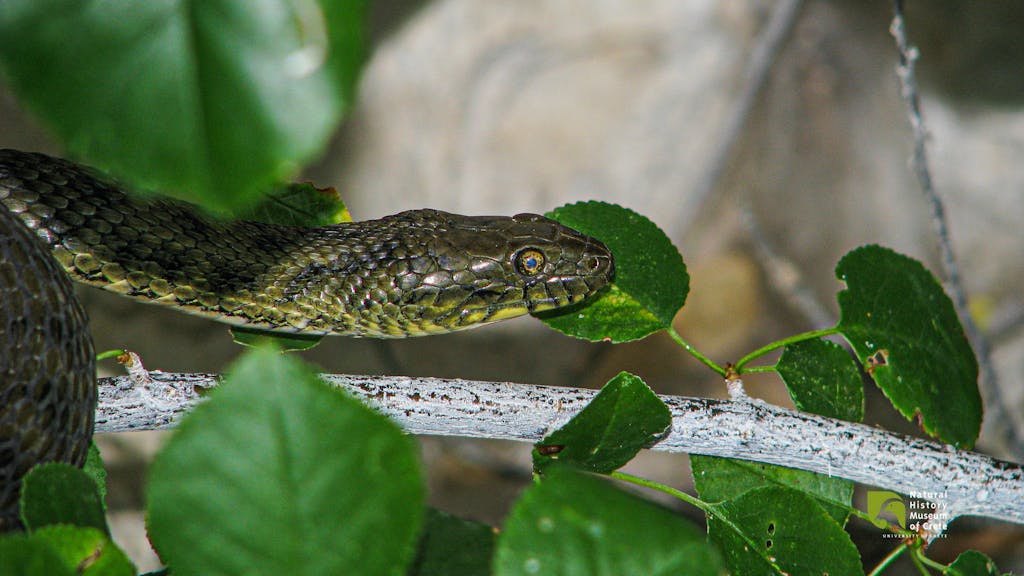
Water Snake
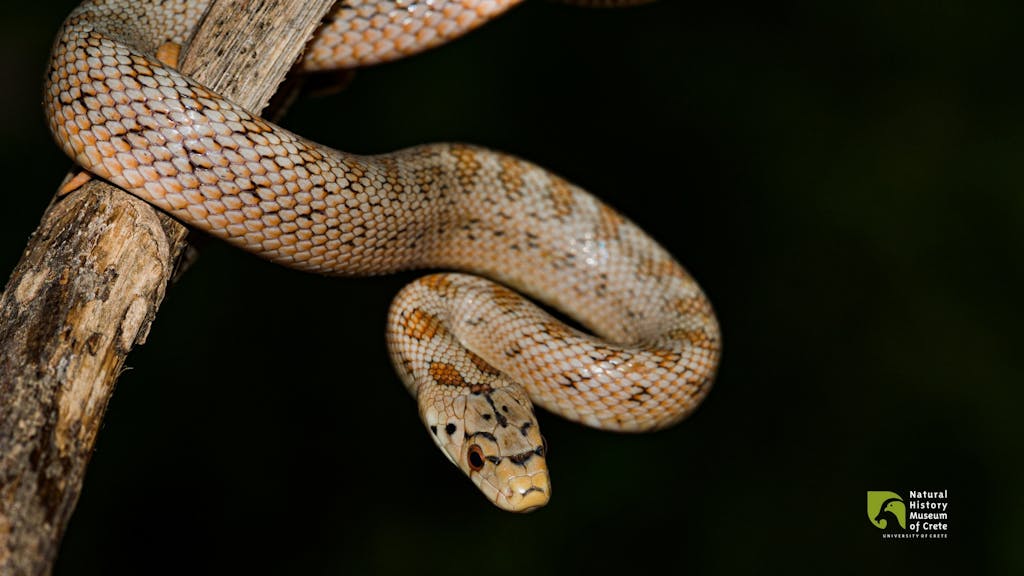
European Ratsnake or Leopard Snake
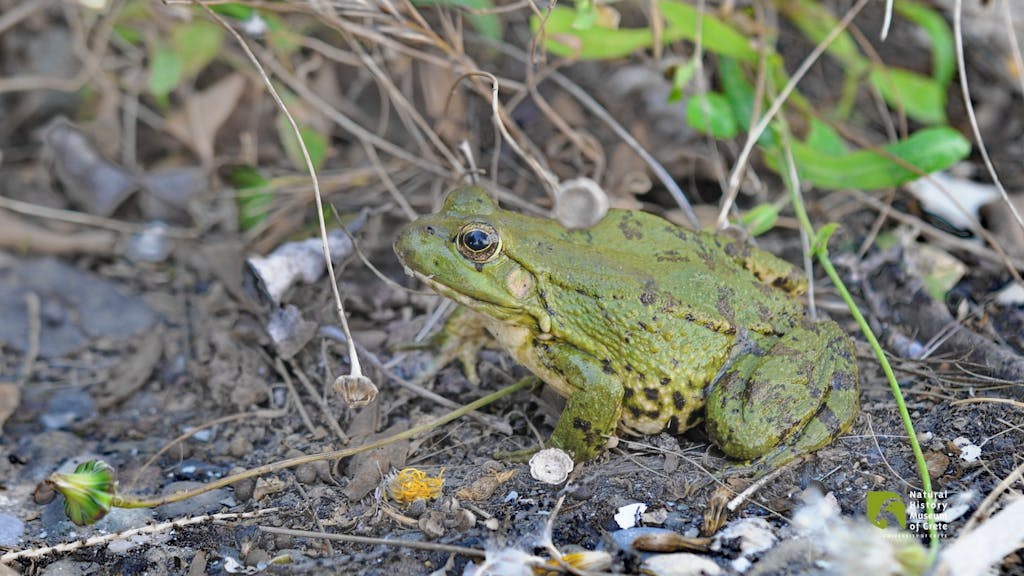
The Bullfrog
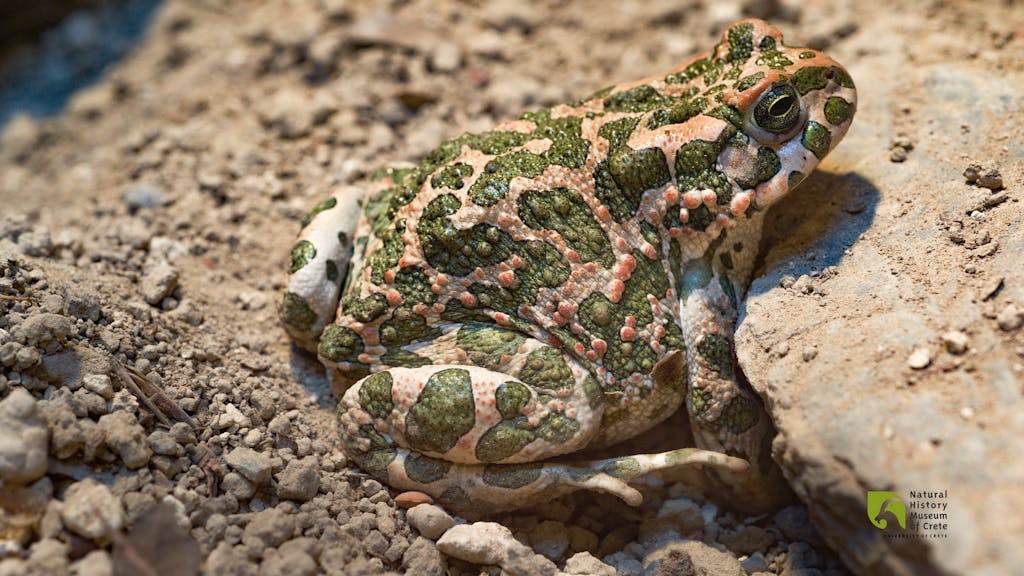
The European Green Toad
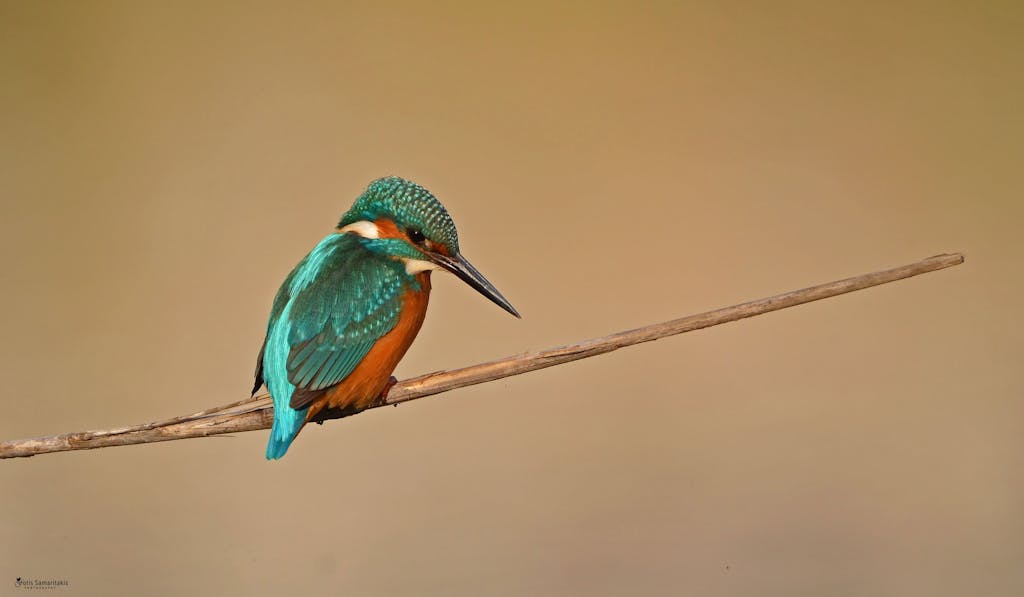
Common Kingfisher
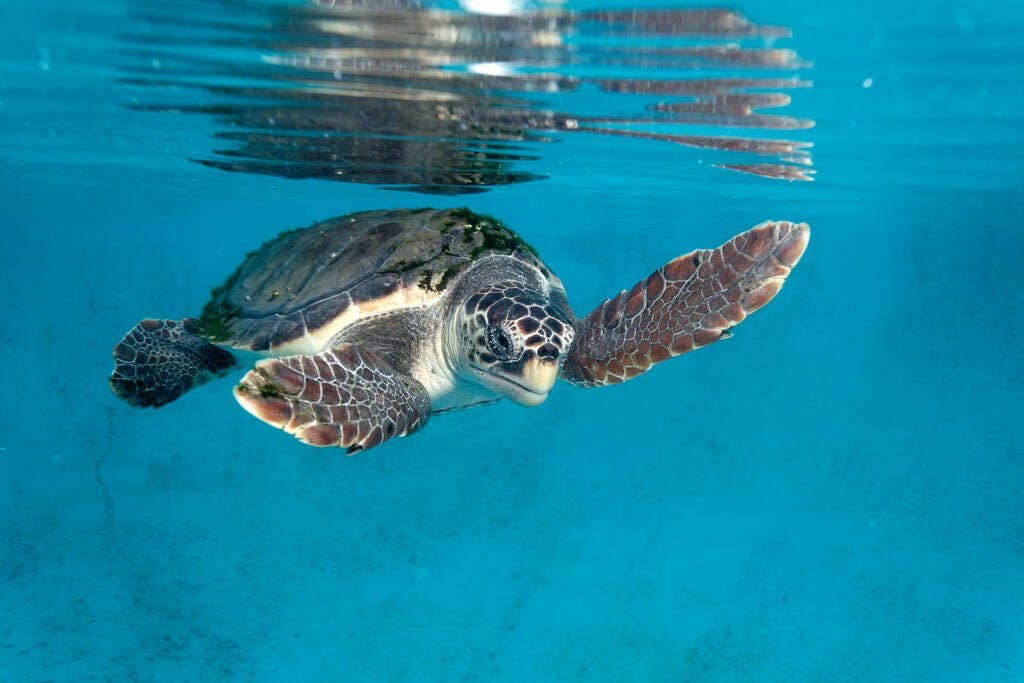
Caretta Caretta (Loggerhead Sea Turtle)
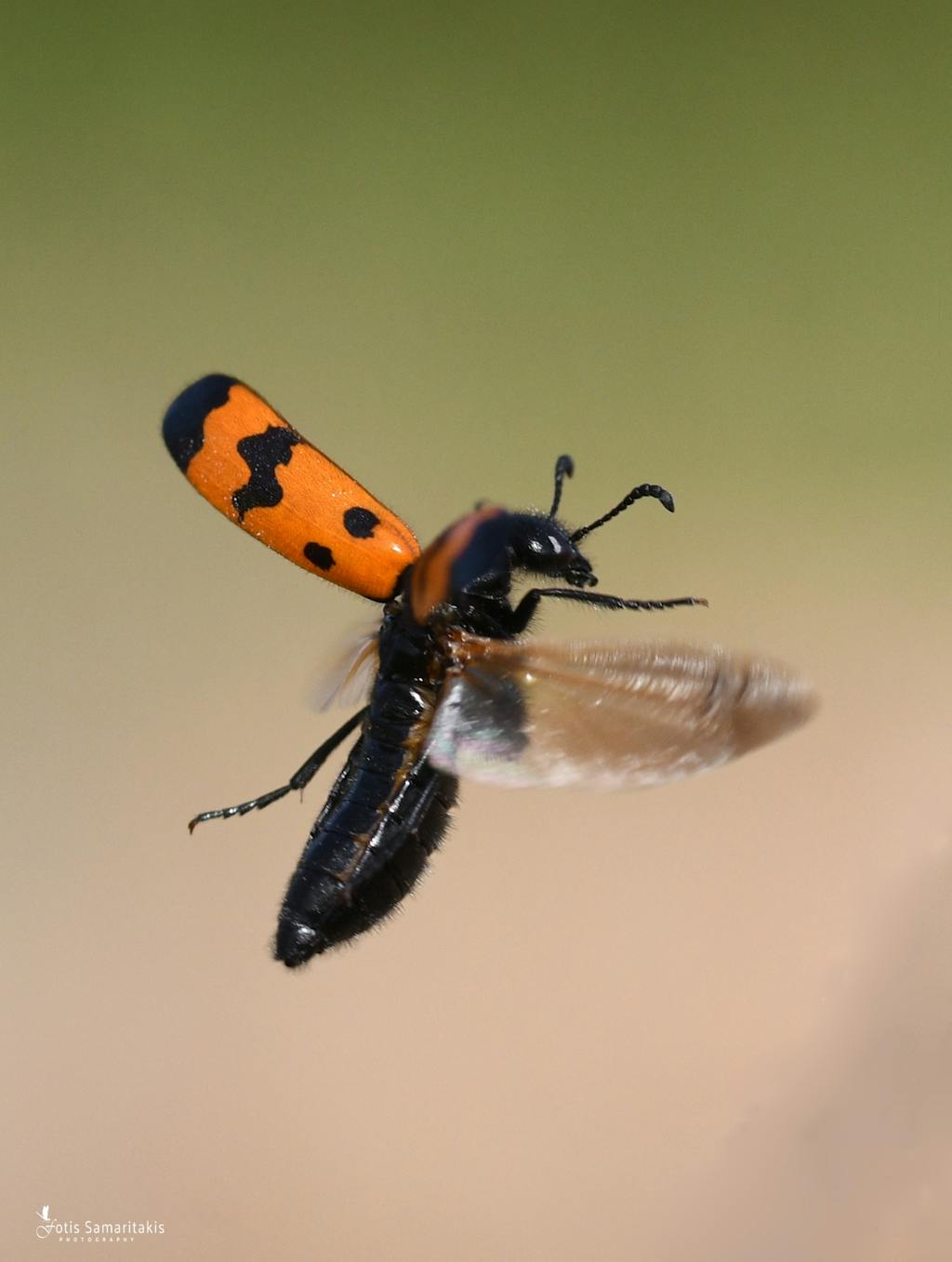
Coleoptera
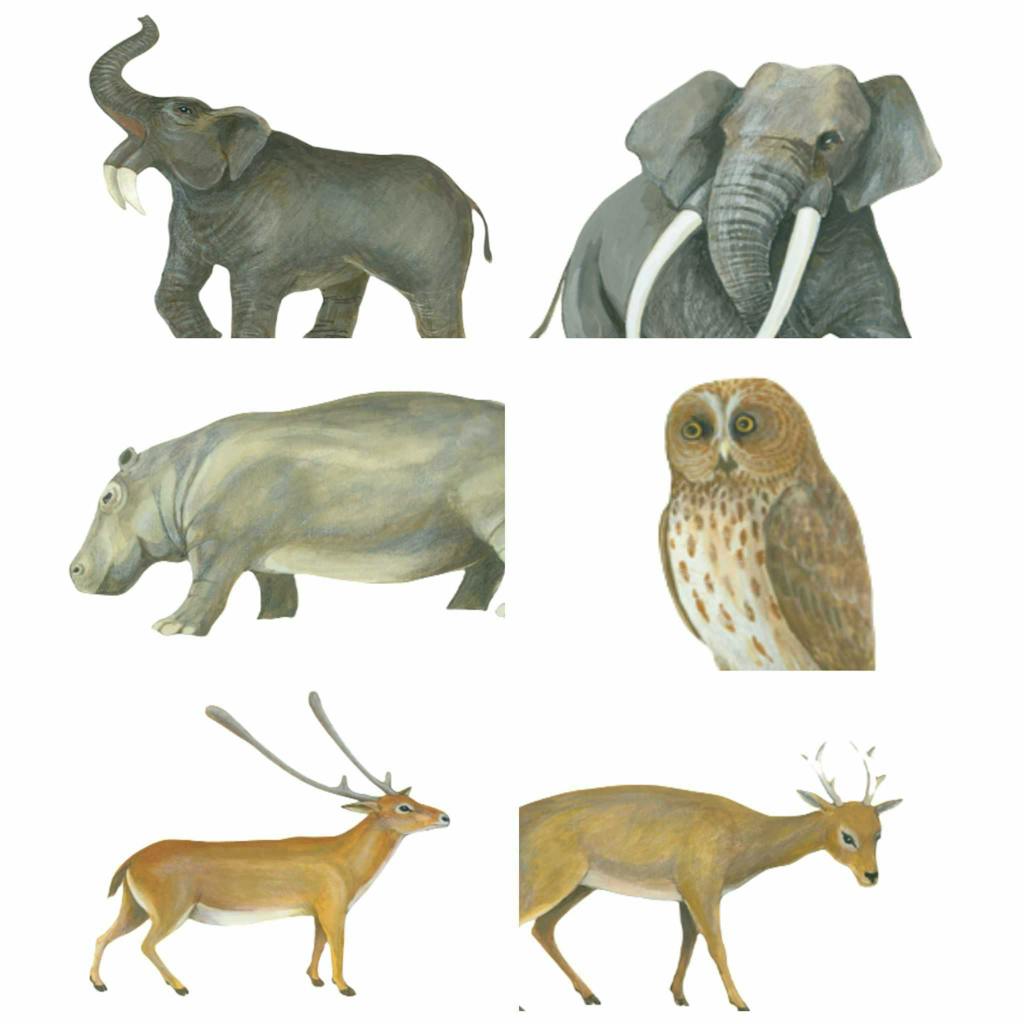
Fossil Vertebrates of Crete
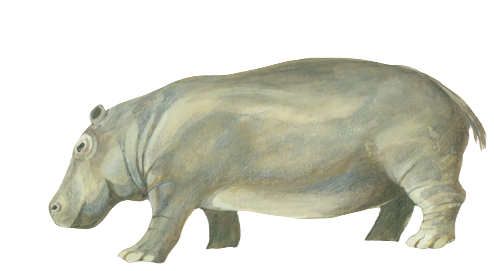
Hippopotamus creutzburgi
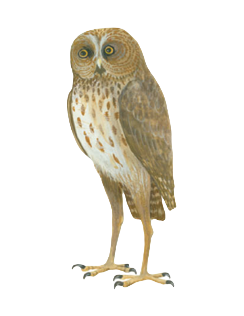
Athene cretensis
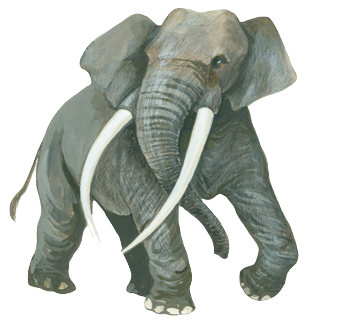
Elephas chaniensis
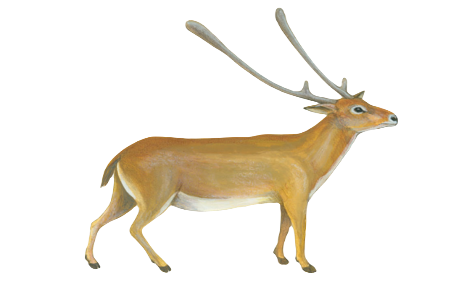
Endemic Pleistocene mammals
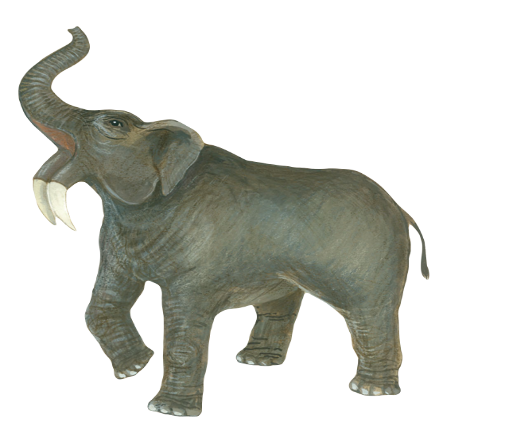
Deinotherium giganteum
